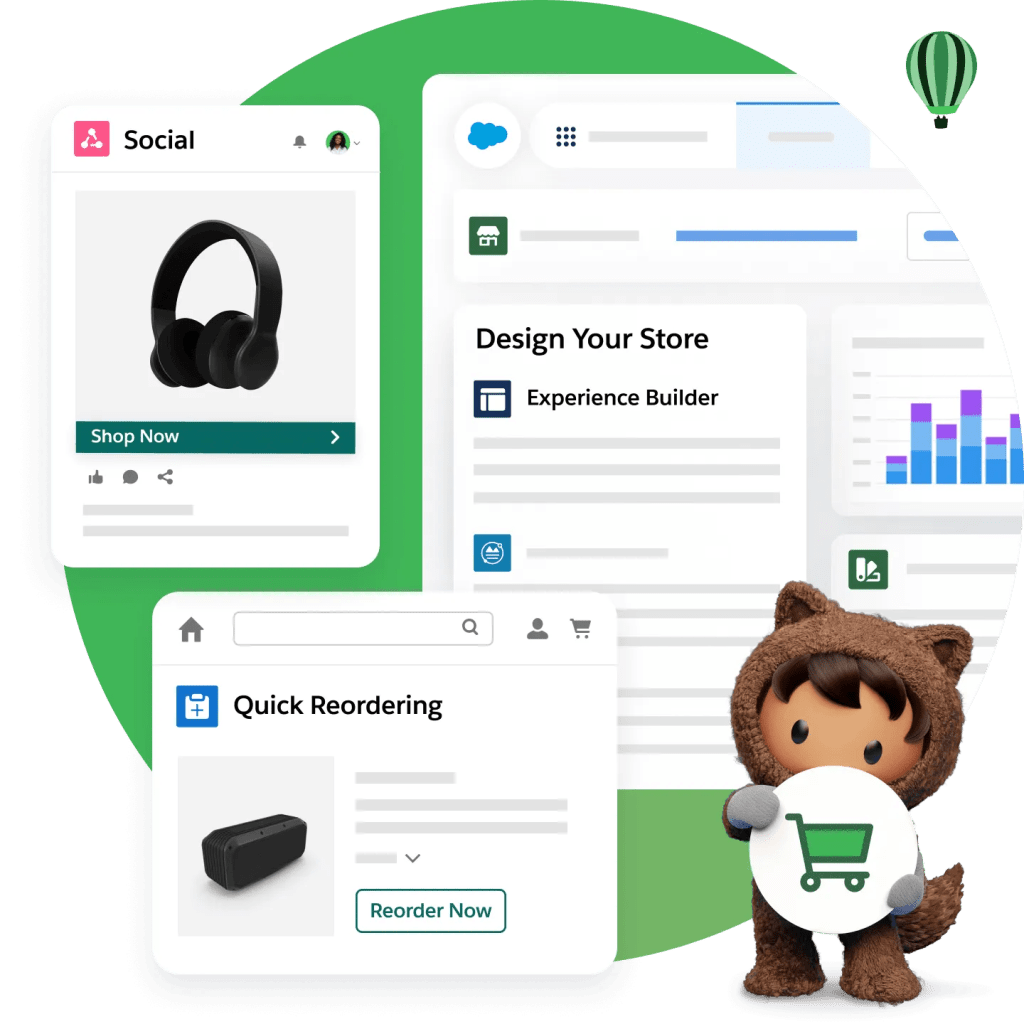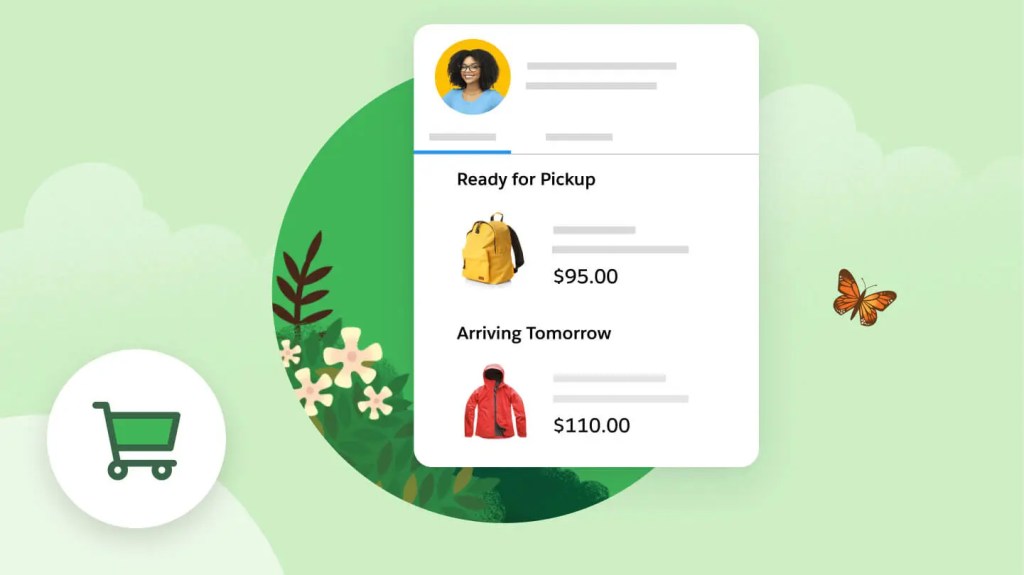
B2C Ecommerce: Definition, Types, and Successful Examples
Here’s everything you need to know about B2C commerce and how to do it right.

Here’s everything you need to know about B2C commerce and how to do it right.


B2C ecommerce is on the rise with more than 2.6 billion consumers purchased a product online this year. That’s a third of the world’s population. During peak shopping season — just two short months from November to December — global online sales can exceed a trillion dollars. This all adds up to the huge market known as B2C ecommerce (or business-to-consumer ecommerce).
Before B2C ecommerce existed, there was a time when shoppers had to physically visit brick-and-mortar stores to get the items they needed. During the holidays, they had no other choice but to join a sea of people at the mall to find and purchase gifts. When they needed groceries, they had to make a trip to the market. B2C ecommerce changed all that. Cyber Monday, grocery delivery, and all other digital shopping experiences? They’re powered by B2C ecommerce platforms — so consumers can skip the crowd entirely and find what they’re looking for without ever leaving the comfort of their home.
But how does this ubiquitous form of shopping work, and what do businesses need to know to get started? Here are the benefits, challenges, and considerations.
B2C ecommerce is the selling of goods and services directly to the consumer. It’s a straightforward method of doing business: There’s no middleman involved like there would be if you were selling through a third party, and end consumers are the ones who purchase your products. With B2C ecommerce, your business sells 1-to-1 to shoppers and can focus on individual customer experiences.
B2B ecommerce is a ubiquitous form of shopping. From clothing to food items to health services, it spans a range of industries and products, and can be set up under several different types of business models.
When it comes to B2C ecommerce, not all businesses are the same. There are multiple types of business models under the B2C umbrella, including:
Retail is most likely the first industry that comes to mind when you think of B2C ecommerce — but other industries and sectors also sell to consumers. For example, many patients purchase healthcare products and services online from providers and pharmacies. Online banking is also considered B2C ecommerce. Food items and groceries were once considered the last bastion of brick-and-mortar stores. Today, customers order food and groceries online regularly.
B2C ecommerce is so prevalent across industries and geographies because it’s a win-win for customers and businesses alike.
When compared to traditional commerce, B2C ecommerce has a few clear advantages:
In one word: scale. B2B ecommerce often includes thousands of products that can be worth millions of dollars. B2B transactions often require negotiated, account-specific pricing and terms that are usually determined by a sales rep on behalf of the customer. With B2C ecommerce, orders and pricing are typically much more straightforward. Since the average consumer doesn’t require large-scale volumes shipping to multiple locations across different geographies, B2C ecommerce is often much less complex.
While B2C ecommerce has some clear advantages, its digital elements do require a few considerations that aren’t necessary when selling from a physical store.
Sonos is a wireless home audio product manufacturer, and until the pandemic hit in 2020, it relied on brick-and-mortar stores to sell its products. When in-store shopping came to a screeching halt and Sonos lost its traditional sales method, company leaders knew it was time to pivot and focus more on B2C ecommerce. The main priority: Improve the Sonos website and connect with customers directly.
Sonos was able to increase its B2C ecommerce share of the business by using a connected platform that allowed teams to connect with shoppers at any time from anywhere and scale service to meet changing customer needs. The company also increased productivity among its customer support team by using ecommerce AI tools that automated redundant tasks. Sonos has continued to build a customer- and employee-centric business, which has allowed it to merge its new B2C ecommerce model into its existing brick-and-mortar retailer network.
The result: 84% year-over-year ecommerce growth and the ability to build relationships with customers like never before.

As technology continues to improve, B2C ecommerce will evolve and customer expectations will grow. The right ecommerce platform will help your brand stay flexible so you can adapt with whatever comes next and grow as new technologies emerge.
